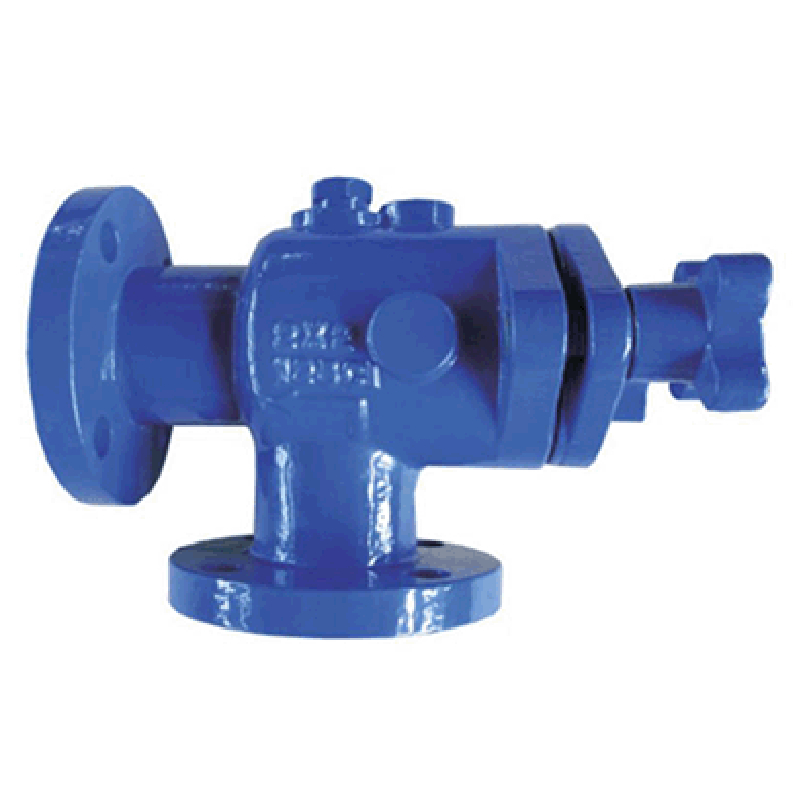Ιαν . 01, 2025 18:24 Back to list
Understanding the Function and Design of Gate Valves in Fluid Control Systems
Understanding Gate Valves Design, Functionality, and Applications
Gate valves are essential components in various industrial systems, primarily used to control the flow of liquids and gases. Recognized for their effectiveness in applications requiring a straight-line flow with minimal pressure drop, gate valves play a crucial role in numerous sectors, including oil and gas, water treatment, and power generation.
Design and Structure
The design of a gate valve is characterized by its unique mechanism that resembles a gate. Typically, these valves consist of a disc (the gate) that slides between two seats to either block or allow flow through the valve. When the valve is fully open, the gate is lifted completely out of the flow path, resulting in minimal turbulence and pressure loss. This feature makes gate valves ideal for on/off services rather than throttling applications.
Gate valves come in various designs, primarily including wedge, parallel, and rising stem types. The wedge design is the most common, with a V-shaped gate that matches the angle of the valve seats. This configuration helps create a tight seal, ensuring no leakage occurs when the valve is closed. The parallel design, on the other hand, features two parallel disks that clamp together to stop the flow, allowing for a smoother operation.
Functionality and Operation
Operating a gate valve typically involves a handwheel, electric actuator, or pneumatic actuator that raises or lowers the gate within the body of the valve. When the handwheel is turned, the stem connected to the gate moves up or down. The valve is designed to be either fully open or closed, making it simple yet effective for flow control.
One of the key advantages of gate valves is their ability to provide a tight seal when fully closed. They are often made from materials such as cast iron, stainless steel, or bronze, which assist in resisting corrosion and wear. This durability makes them suitable for various environments, including high-pressure and high-temperature applications.
gate valve

Applications
Gate valves are widely used in different industries and applications. In the oil and gas sector, they regulate the flow of crude oil and natural gas through pipelines, ensuring safe and efficient transfer. In water treatment facilities, gate valves are crucial for managing the flow of water through different stages of the treatment process.
Moreover, gate valves are prevalent in power plants, where they control the flow of steam and water in cooling systems. Their ability to handle large volumes of liquid with minimal resistance makes them a preferred choice in such high-capacity applications.
Advantages and Limitations
While gate valves offer significant advantages, such as low pressure drop and strong sealing capabilities, they also have limitations. For instance, they are not suitable for throttling purposes due to their design, which can lead to cavitation and erosion if used improperly. Additionally, they require sufficient space for operation, particularly in designs with a rising stem, which may not be feasible in all settings.
Conclusion
Gate valves are indispensable tools in modern industrial applications. Their design allows for efficient flow control while providing a reliable seal when closed. As industries continue to evolve, gate valves will remain a staple in fluid control systems, ensuring the safe and efficient operation of essential services. Understanding their design, functionality, and appropriate applications is key for engineers and operators involved in the management of fluid systems. With their proven reliability and versatility, gate valves are poised to continue playing an integral role in various sectors for years to come.
Share
-
Reliable Wafer Type Butterfly Valves for Every IndustryNewsJul.25,2025
-
Reliable Flow Control Begins with the Right Ball Check ValveNewsJul.25,2025
-
Precision Flow Control Starts with Quality ValvesNewsJul.25,2025
-
Industrial Flow Control ReliabilityNewsJul.25,2025
-
Engineered for Efficiency Gate Valves That Power Industrial PerformanceNewsJul.25,2025
-
Empowering Infrastructure Through Quality ManufacturingNewsJul.25,2025